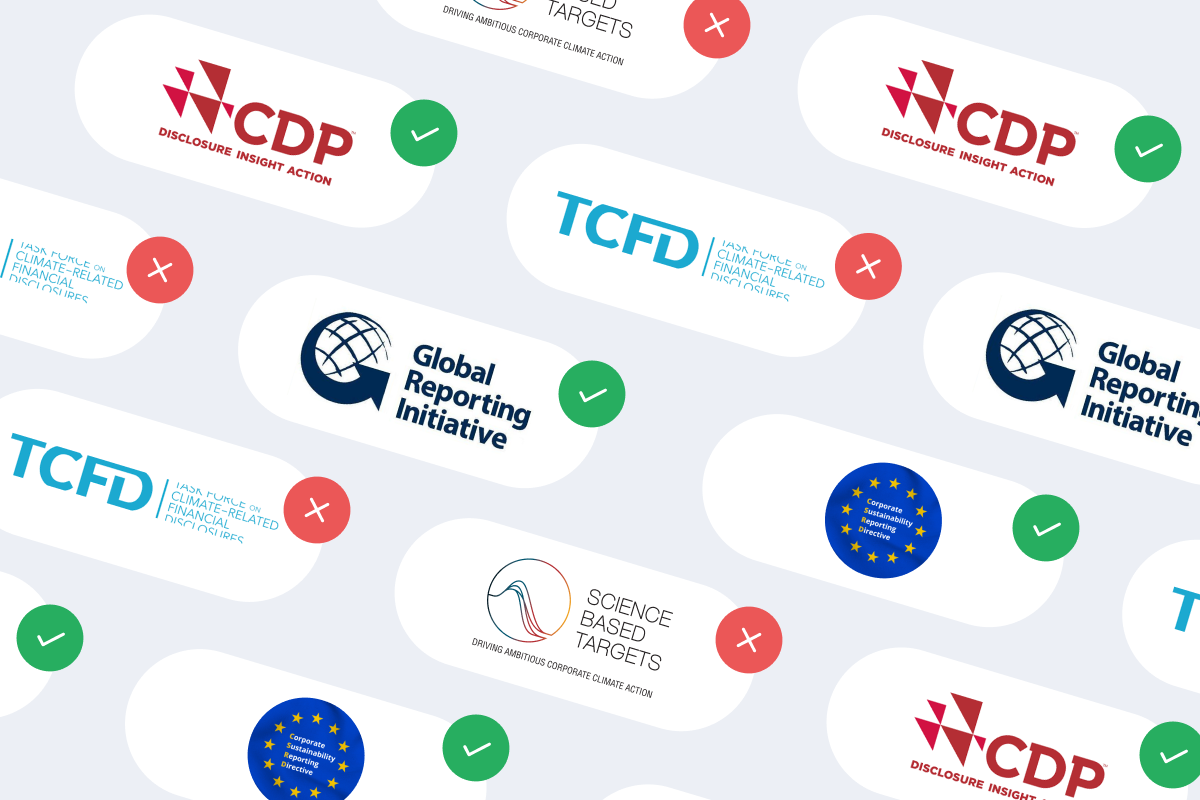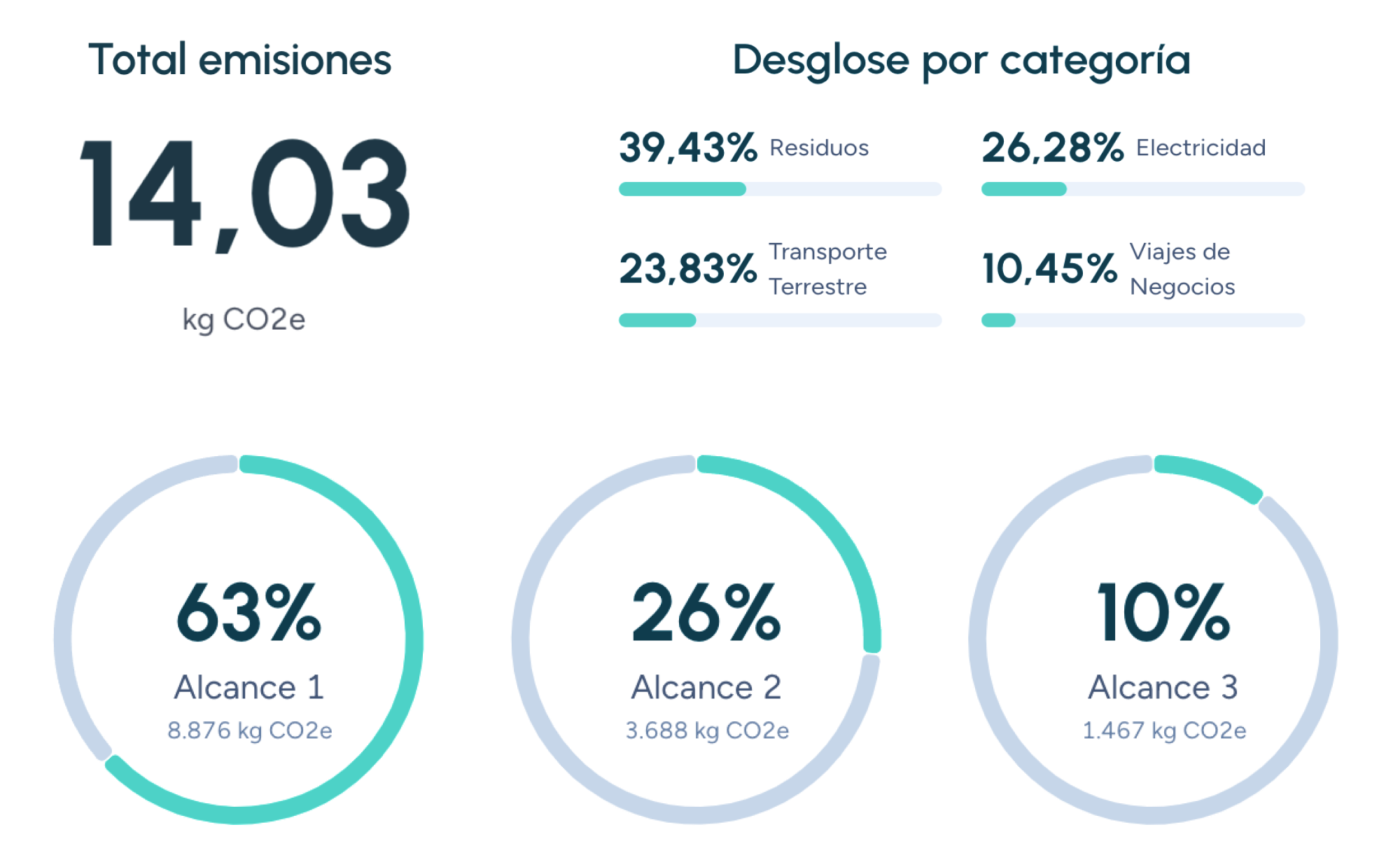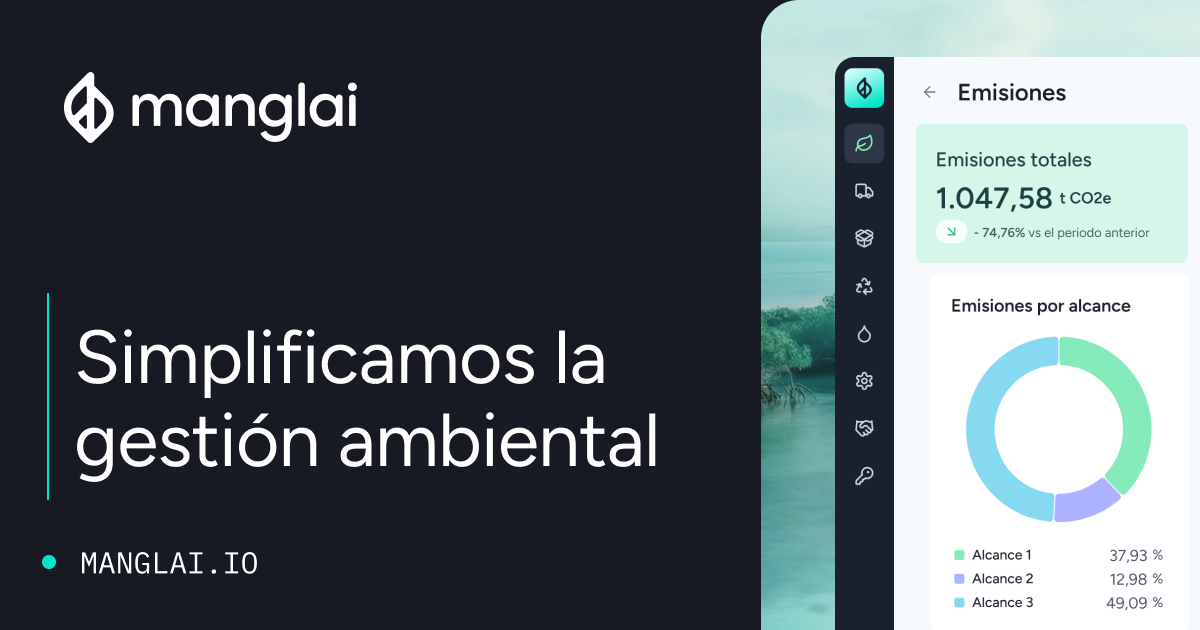R
Renewable energy
Renewable energy, also known as clean energy, comes from natural sources that replenish themselves, such as sunlight, wind, water, and biomass. Unlike fossil fuels (coal, oil, and natural gas), which are finite and highly polluting, renewable energy offers a clean and sustainable alternative to meet our growing energy needs and fight climate change.
Types of renewable energy
Solar energy
Harnesses the sun’s radiation and can be used in two main forms:
- Photovoltaic solar energy: Converts sunlight directly into electricity using solar panels made of photovoltaic cells.
- Solar thermal energy: Uses solar radiation to heat fluids, which can be used for domestic hot water, heating, or generating electricity through turbines.
Wind energy
Generated from the wind using wind turbines, which convert kinetic energy into mechanical energy, and then into electricity. Wind farms—onshore and offshore—are a major source of large-scale clean power.
Hydropower (hydraulic energy)
Obtained from the movement of water, such as rivers and lakes. Hydroelectric power plants use flowing water to spin turbines and generate electricity.
Geothermal energy
Comes from the Earth’s internal heat. It can be used for electricity generation in geothermal plants or for heating and cooling through direct use of underground temperature.
Biomass
Refers to organic matter like wood, agricultural waste, or dedicated energy crops. When burned or processed, biomass generates heat or electricity and can be a renewable alternative to fossil fuels.
Benefits of renewable energy
Environmental benefits
- Reduction of greenhouse gas (GHG) emissions: Renewable sources produce no direct emissions during operation, making them key tools in mitigating climate change.
- Conservation of resources: Helps preserve finite natural resources such as coal, gas, and oil.
- Pollution reduction: Lowers air, water, and soil pollution compared to fossil fuel combustion.
Economic and social benefits
- Job creation: The renewable energy sector is rapidly growing, creating jobs in installation, maintenance, R&D, and manufacturing.
- Energy diversification: Reduces dependency on imported fossil fuels and enhances energy security.
- Rural development: Renewable energy projects like wind farms and biomass plants can revitalize rural economies.
Renewable energy and the carbon footprint
The carbon footprint measures the total amount of GHGs emitted—directly or indirectly—by an activity, product, organization, or individual. Renewable energy significantly reduces this footprint by replacing high-emission energy sources with zero-emission alternatives.
Impact across the energy lifecycle
- Production: Renewable sources emit little to no GHGs during operation.
- Transportation: Localized energy generation (e.g., solar panels on buildings) reduces the need for long-distance energy transport.
- Waste management: Technologies like biomass also support circular economy practices by converting organic waste into usable energy.
Measuring carbon footprint in the energy sector
Quantifying GHG emissions is essential for identifying reduction strategies. Measurement typically follows international standards such as the Greenhouse Gas Protocol (GHG Protocol), which provides guidelines for emissions accounting and reporting across three scopes:
- Scope 1: Direct emissions (e.g., on-site fuel use)
- Scope 2: Indirect emissions from purchased electricity
- Scope 3: Other indirect emissions (e.g., supply chain, transportation)
The role of renewable energy in decarbonization
Decarbonization—the drastic reduction of carbon emissions—is vital to limit global warming. Renewable energy is central to this transition, as it replaces fossil fuels in power generation, heating, and transportation.
The future of renewable energy
The outlook for renewable energy is highly positive. Factors such as:
- Growing climate awareness
- Falling costs of clean technologies
- Strong policy support
are driving the shift toward a sustainable energy system.
Innovation and technological advancement
Emerging technologies such as concentrated solar power, floating offshore wind turbines, and next-generation energy storage are improving efficiency and reducing costs—paving the way for a renewable future.
Public policy and government support
Policy instruments—such as tax incentives, subsidies, feed-in tariffs, and binding renewable energy targets—play a crucial role in accelerating the energy transition.
By adopting renewable energy, organizations and individuals can make a meaningful contribution to reducing their carbon footprint, enhancing energy resilience, and building a healthier planet. Manglai helps businesses measure their carbon emissions and integrate renewable energy into their sustainability strategies for maximum climate impact.
Companies that trust us

Carbon footprint reduction plan
Discover what an action plan to reduce your company's carbon footprint is, why it matters, and how to create one with Manglai.
Carbon neutrality
Explore the concept of carbon neutrality and its importance in the fight against climate change, along with the necessary steps to achieve it and the technological tools that facilitate this process.
Climate change mitigation
Discover what climate change mitigation is and how actions to reduce GHG emissions are crucial in combating global warming. Learn about strategies, examples, and the importance of carbon footprint measurement at Manglai.
Guiding businesses towards net-zero emissions through AI-driven solutions.
© 2025 Manglai. All rights reserved
Política de Privacidad


